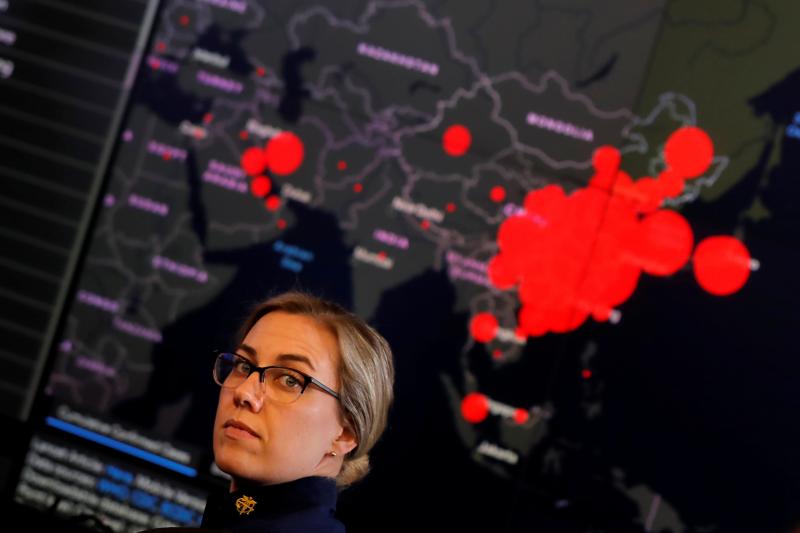
Credit: Carlos Barria / Reuters
In 1900, the deadliest hurricane in U.S. history hit Galveston, Texas. The storm, estimated to have been a Category 4, all but washed the city away. An estimated 8,000 people died, and even more lives would likely have been lost if Isaac Cline, the chief of the Texas section of the U.S. Weather Service, had not spent the day before the hurricane’s arrival walking around and urging people to seek higher ground. He did so on little more than a hunch based on the fact that a bad storm had recently passed over Cuba. The science of weather forecasting had yet to emerge; guesswork was the best anyone could do.
Over a century later, hurricane forecasts are a central feature of summer and fall for millions of Americans. Such forecasts, along with those predicting winter storms, tornadoes, and floods, have saved an untold number of lives and many billions of dollars. Even fair-weather forecasts play an […]











Great article which lays bare the limits of a system driven by profit.